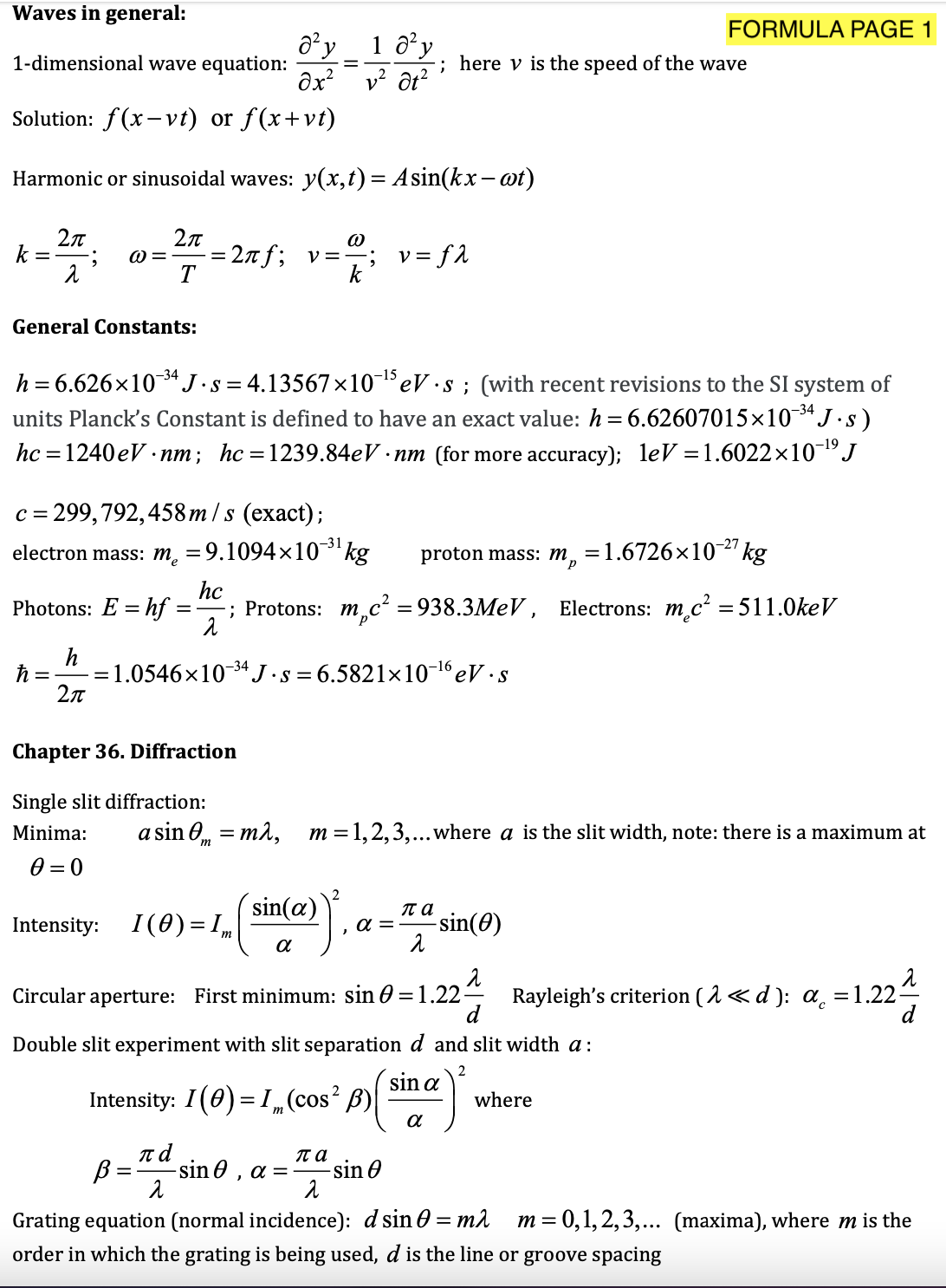4. You are one of two identical twins and you decide that you want to be 9.00 years younger than your twin. You have a spaceship that travels at a constant speed out and back with v = 0.9860 c. Your twin stays on the Earth waiting for you to return. Neglect the acceleration and deceleration times and the time it takes to turn around. a. What amount of time, t' , must elapse in your frame at v = during the trip in order for you to be 9.00 years younger than your twin when you are reunited? b. How much time, t , does the trip take in the Earth frame? c. How far from Earth, D, is the turn-around point (give the answer in light years in the Earth inertial frame, accurate to 3 sig figs assuming that you travel both out and back in a straight line)?
4. You are one of two identical twins and you decide that you want to be 9.00 years younger than your twin. You have a spaceship that travels at a constant speed out and back with v = 0.9860 c. Your twin stays on the Earth waiting for you to return. Neglect the acceleration and deceleration times and the time it takes to turn around. a. What amount of time, t' , must elapse in your frame at v = during the trip in order for you to be 9.00 years younger than your twin when you are reunited? b. How much time, t , does the trip take in the Earth frame? c. How far from Earth, D, is the turn-around point (give the answer in light years in the Earth inertial frame, accurate to 3 sig figs assuming that you travel both out and back in a straight line)?
Related questions
Question

Transcribed Image Text:Waves in general:
FORMULA PAGE 1
a y
1-dimensional wave equation:
1 a'y
; here v is the speed of the wave
v? ôt?
Solution: f(x- vt) or f(x+vt)
Harmonic or sinusoidal waves: y(x,t)= Asin(kx- ot)
2л
k
2n
= 27f; v=-
T
v = f2
General Constants:
-34
h = 6.626×10*J.s = 4.13567×10¬eV ·s ; (with recent revisions to the SI system of
units Planck's Constant is defined to have an exact value: h= 6.62607015×10¯“J·s)
–34
-19
hc = 1240 eV · nm; hc=1239.84eV · nm (for more accuracy); leV =1.6022×10-J
= 299,792, 458 m /s (exact);
-31
electron mass: m, =9.1094×10' kg
proton mass: m,
=1.6726×10-27 kg
Photons: E = hf
hc
; Protons: m,c² = 938.3MEV , Electrons: m.c² = 511.0keV
%3|
h
= 1.0546x10 34J•s = 6.5821×10-1eV ·s
Chapter 36. Diffraction
Single slit diffraction:
Minima:
a sin 0, = ma, m=1,2,3,...where a is the slit width, note: there is a maximum at
0 = 0
sin(a)
па
Intensity:
I(0) = ,,
a =
-sin(0)
m
a
Circular aperture: First minimum: sin 0 = 1.22-
Rayleigh's criterion ( 1 <d ): a =1.22-
d
Double slit experiment with slit separation d and slit width a:
sin a
Intensity: I(0) = I„(cos? B)|
where
B =
-sin 0 , a =
па
-sin O
Grating equation (normal incidence): d sin 0 = m
order in which the grating is being used, d is the line or groove spacing
m
= 0,1, 2,3,... (maxima), where m is the

Transcribed Image Text:4.
You are one of two identical twins and you decide that you want to be 9.00 years younger
than your twin. You have a spaceship that travels at a constant speed out and back with
v = 0.9860 c. Your twin stays on the Earth waiting for you to return. Neglect the acceleration
and deceleration times and the time it takes to turn around.
a. What amount of time, t', must elapse in your frame at v= 0.9860 c during the trip in
order for you to be 9.00 years younger than your twin when you are reunited?
b. How much time, t, does the trip take in the Earth frame?
c. How far from Earth, D, is the turn-around point (give the answer in light years in the Earth
inertial frame, accurate to 3 sig figs assuming that you travel both out and back in a straight
line)?
Expert Solution
This question has been solved!
Explore an expertly crafted, step-by-step solution for a thorough understanding of key concepts.
This is a popular solution!
Trending now
This is a popular solution!
Step by step
Solved in 4 steps
